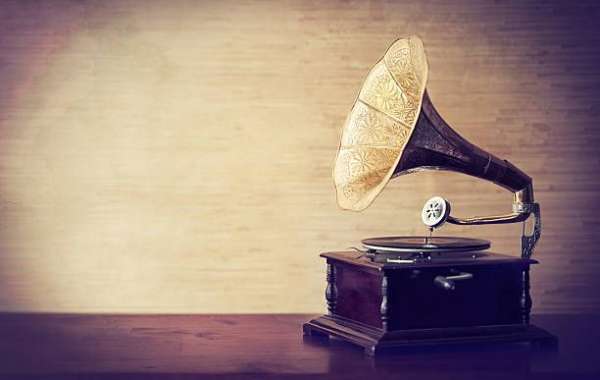In a world dominated by digital music, vinyl records offer a nostalgic escape to a time when music was experienced through analog technology. This article explores the fascinating world of classic vinyl and how record players transform these grooved discs into rich, immersive soundscapes.
How Vinyl Records Work
At its core, a vinyl record is a marvel of analog engineering. Each record is made from a vinyl compound and features a series of grooves that encode sound waves. These grooves are created through a process called cutting, where a master disc is engraved with the audio signals. This master is then used to create a stamper, which presses the grooves into the vinyl to produce the final record. When a record is played, a stylus or needle mounted on a record player traces these grooves. The movement of the stylus as it navigates the grooves produces vibrations that are converted into electrical signals. These signals are then amplified and played through speakers, delivering the music with a warmth and depth that digital formats often lack.
The Charm of Classic Vinyl
Classic vinyl records are cherished for their distinctive sound quality and the nostalgia they evoke. The analog nature of vinyl records allows for a broader dynamic range and a warmer sound that many listeners find more engaging than digital audio. This unique sound quality comes from the continuous waveform captured in the grooves, which is more natural than the discrete samples used in digital recordings. Beyond the sound, classic vinyl records also offer a tangible connection to music. The large-format album covers and intricate artwork provide a visual and tactile experience that enhances the appreciation of the music. Collecting vinyl records becomes a journey through music history, where each album tells its own story.
The Role of Record Players
Record players are essential for playing vinyl records and come in a variety of designs and features. From vintage turntables to modern models with advanced technology, the core function remains the same: to read the grooves on a vinyl record and translate them into sound. Modern record players often include features like built-in amplifiers and Bluetooth connectivity, making it easier to enjoy vinyl records in today’s digital age. The choice of record player can significantly impact the listening experience. High-quality turntables with precise tonearms and cartridges can enhance the sound quality, bringing out the best in your vinyl collection.
Conclusion
Vinyl records and record players offer a unique musical experience that continues to captivate enthusiasts around the world. The rich sound of classic vinyl combined with the mechanical artistry of record players creates a listening experience that digital formats often struggle to match. Embracing the world of vinyl allows for a deeper connection to music and a greater appreciation for its timeless qualities.




